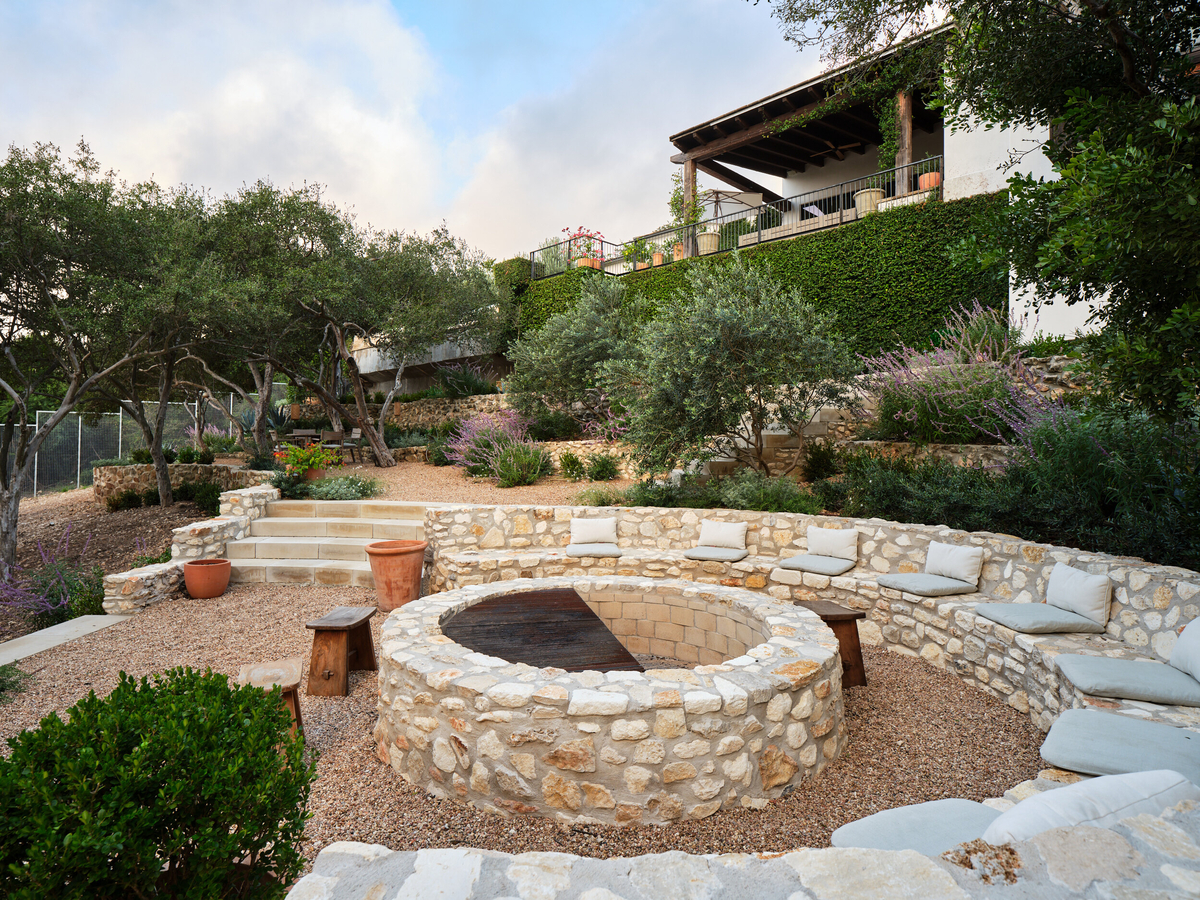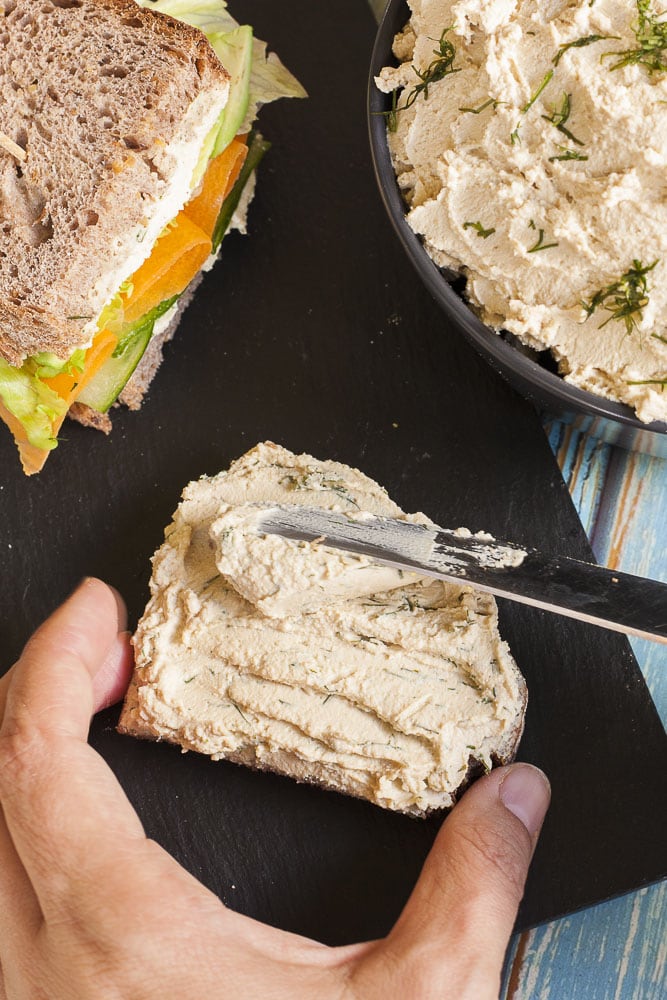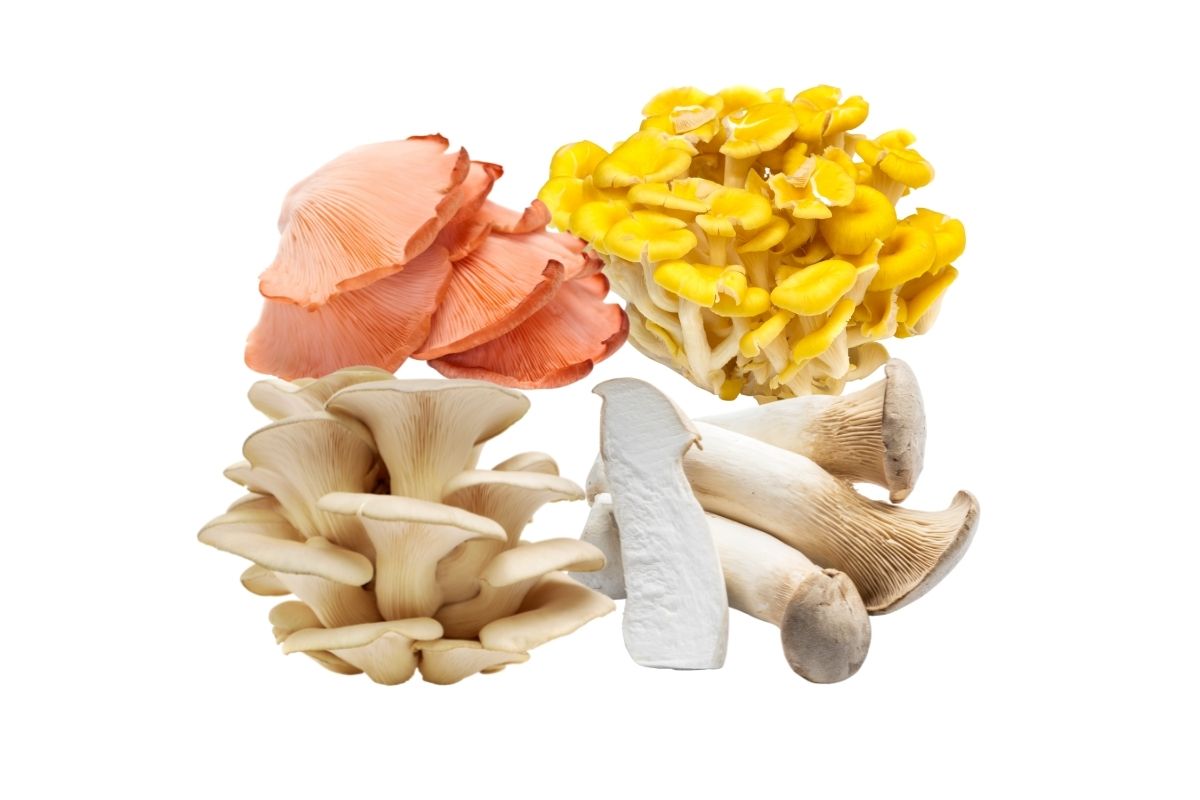How to Use Mulch to Keep Your Garden Alive in a Drought
Mulch is miraculous stuff. It keeps weeds at bay, fertilizes the soil, and minimizes the effects of too-hot (or too-cold) temperatures. Certain types even repel pests. But the single best argument for mulching your garden is that it conserves...


Photo: tanakornsar (Shutterstock)
Mulch is miraculous stuff. It keeps weeds at bay, fertilizes the soil, and minimizes the effects of too-hot (or too-cold) temperatures. Certain types even repel pests. But the single best argument for mulching your garden is that it conserves water, which is a huge deal for anyone dealing with hotter-than-usual temperatures during the growing season.
When you’re gardening in hot, dry conditions, mulch can be a matter of life and death. A thick layer around the base of your vegetables, flowers, trees, or shrubs will insulate the soil from high temperatures and significantly slow down evaporation—which means your plants actually have a shot at absorbing whatever moisture they’re given. Any mulch is better than no mulch, but the type of material you choose does matter.
Use light, compostable materials for vegetables and flowers
Lightweight, loose-textured mulches like grass clippings, pine needles, and straw are usually a good choice for young plants and seedlings, as they’re not heavy enough to impede growth. Organic materials like these will eventually compost into the top layer of soil. In fact, you can till these materials right back into the soil in between sowings or at the end of planting season.
The drawback to lighter mulch materials is that you need a lot of them—enough to cover the soil by at least 2-3 inches, if not more. You’ll also have to maintain that depth as your mulch compacts and breaks down. If that’s too high-maintenance for you (or you live in an extremely windy climate), look into wood chips, which don’t blow away as easily as lighter materials and generally require less fussing. Some wood chips decompose too slowly to be tilled back into the soil, though, so if that’s your goal, make sure to choose a compostable variety.
Use “inorganic” mulch (aka rocks) for trees, bushes, and hardy shrubs
Another option is a so-called “inorganic” mulch material, which is usually made from crushed-up rock. Inorganic mulch lasts much longer than the compostable kind and can offer some serious protection against evaporation and weeds; for established, hardy plants and shrubs, it’s an attractive, low-maintenance option. Just make sure to do some research before blanketing your garden with pea gravel. As a blog post from the Texas A&M University extension program points out, rocks reflect and hold much more heat than organic mulch, which can have unintended consequences:
Remember that white rock radiates sunlight and can create too much heat for most plants to survive. Black rock absorbs heat and can cause soil temperatures to be hotter than normal. A caution: Inorganic mulches of this type are exceedingly difficult to maintain and keep clean under pine or other very small-leaved evergreens.
G/O Media may get a commission
In other words, if you need to mulch some plants that are in direct sunlight or under certain kinds of trees, rocks may not be the best choice.
Go into expert mode with living mulch
You can also opt for a technique called “living mulch,” which is the practice of planting shorter plants as ground cover, or to fill in the gaps between other, taller plants. If you choose your plants well, you can cultivate a wider variety of vegetables (or flowers, or whatever you please) than you would with regular mulching alone while actively improving the quality of your soil.
There’s no simple shortcut to selecting the right combination of low-growing cover plants and taller ones; different growing regions will support different types of crops. Start by choosing what you want to grow and where, then look up living mulch and companion planting guides for your particular Hardiness Zone. This method undeniably requires more planning and effort than other mulching strategies, but if you have the time and inclination, the results are definitely worth it.

 JaneWalter
JaneWalter 































